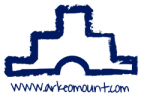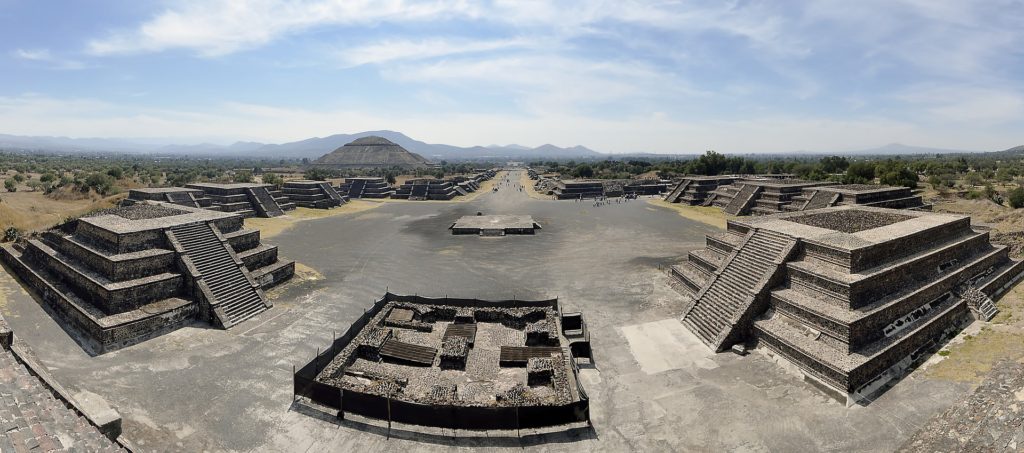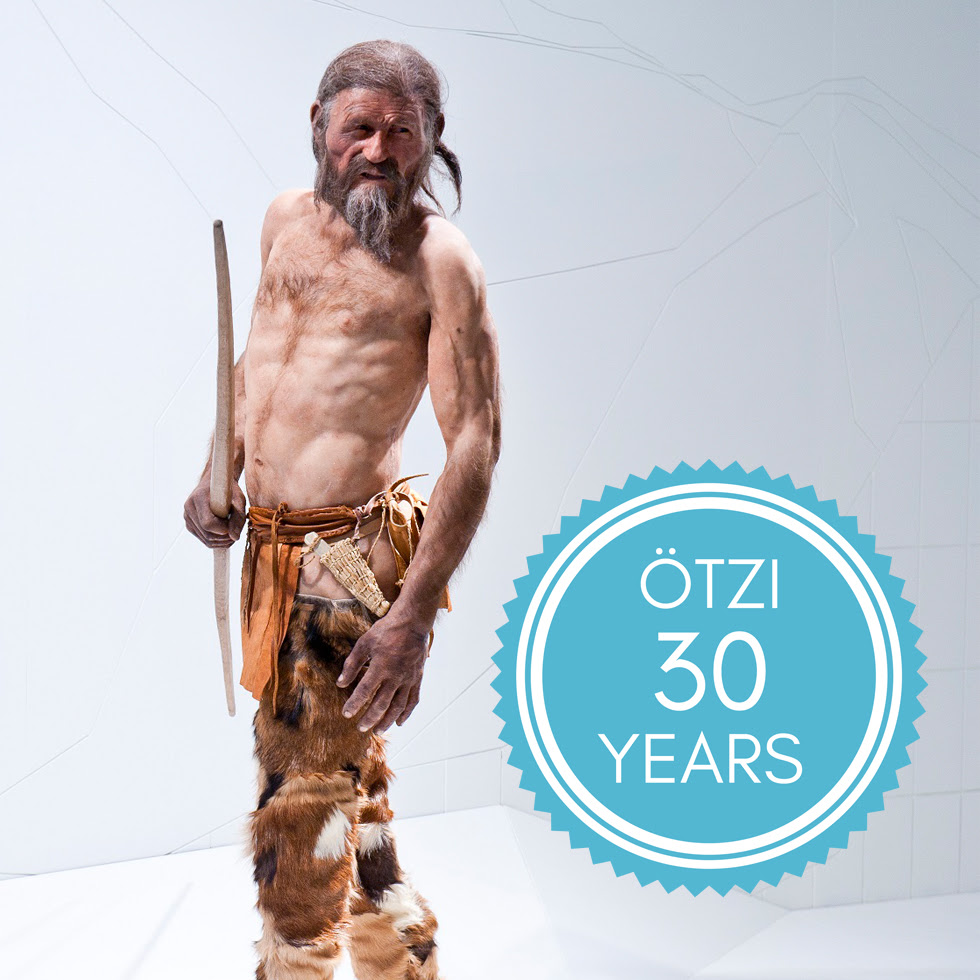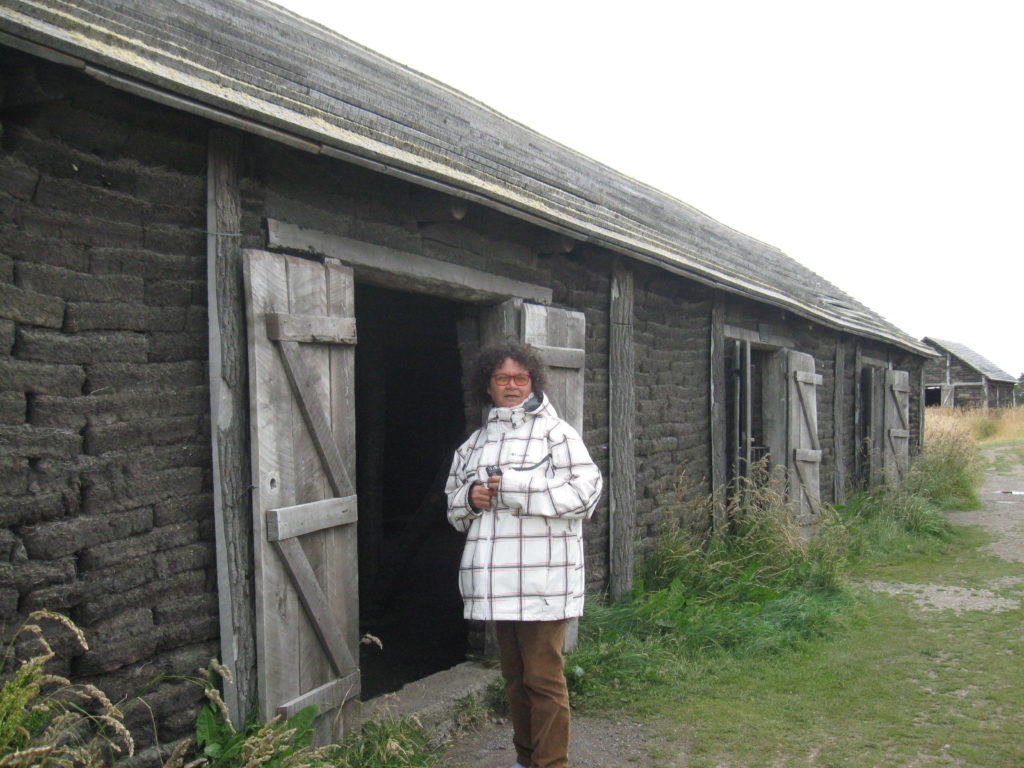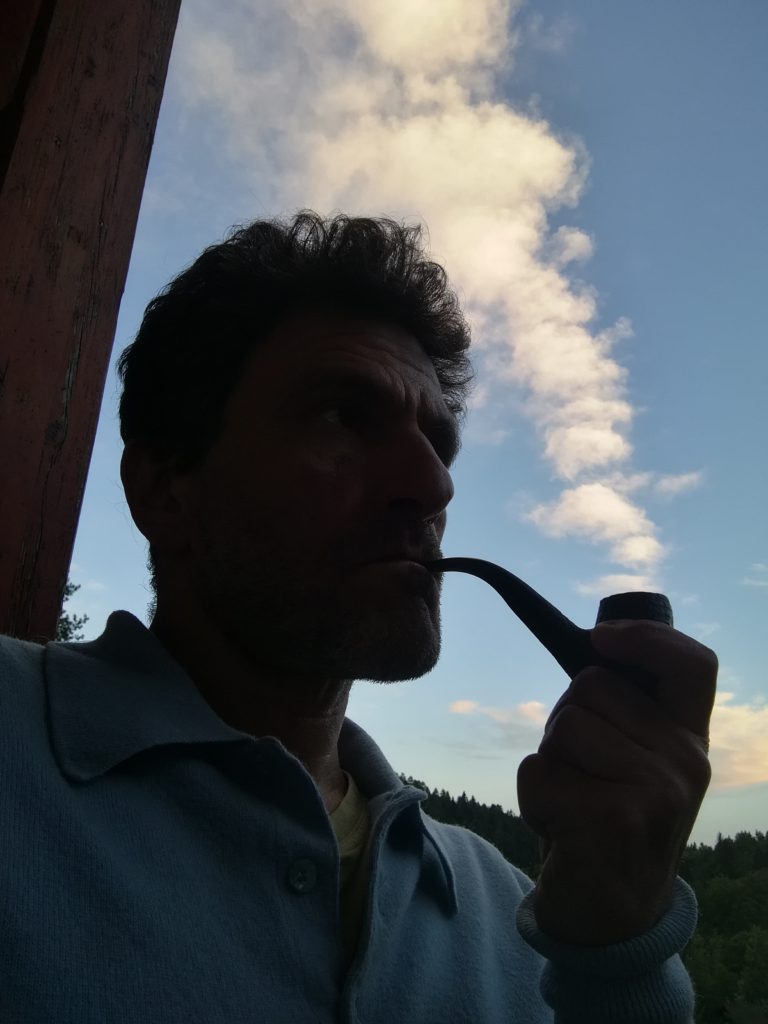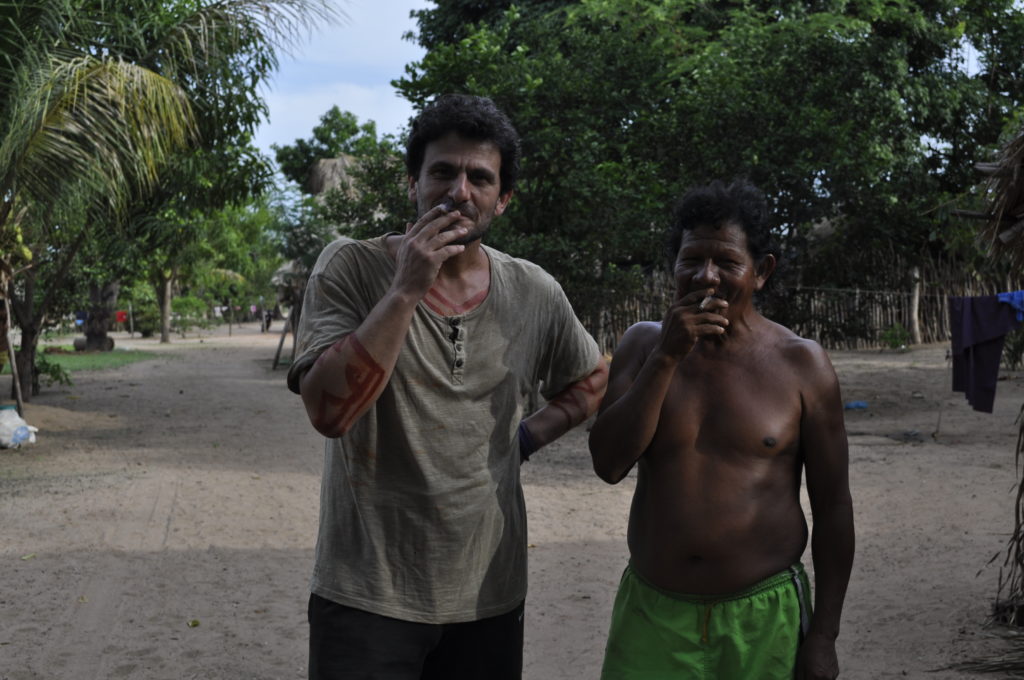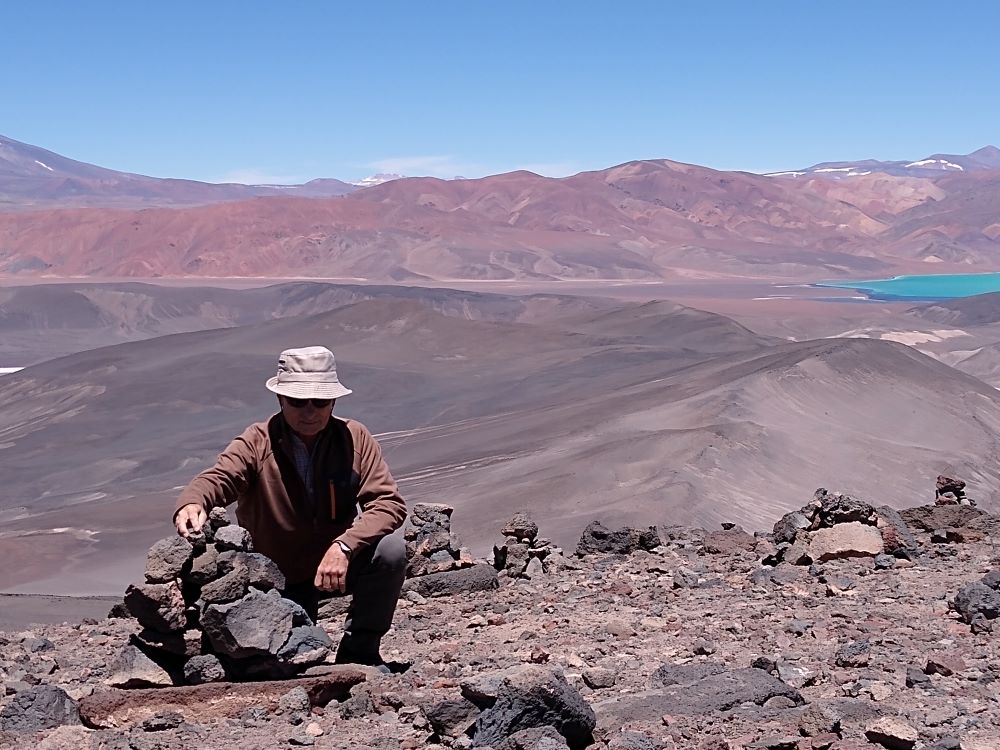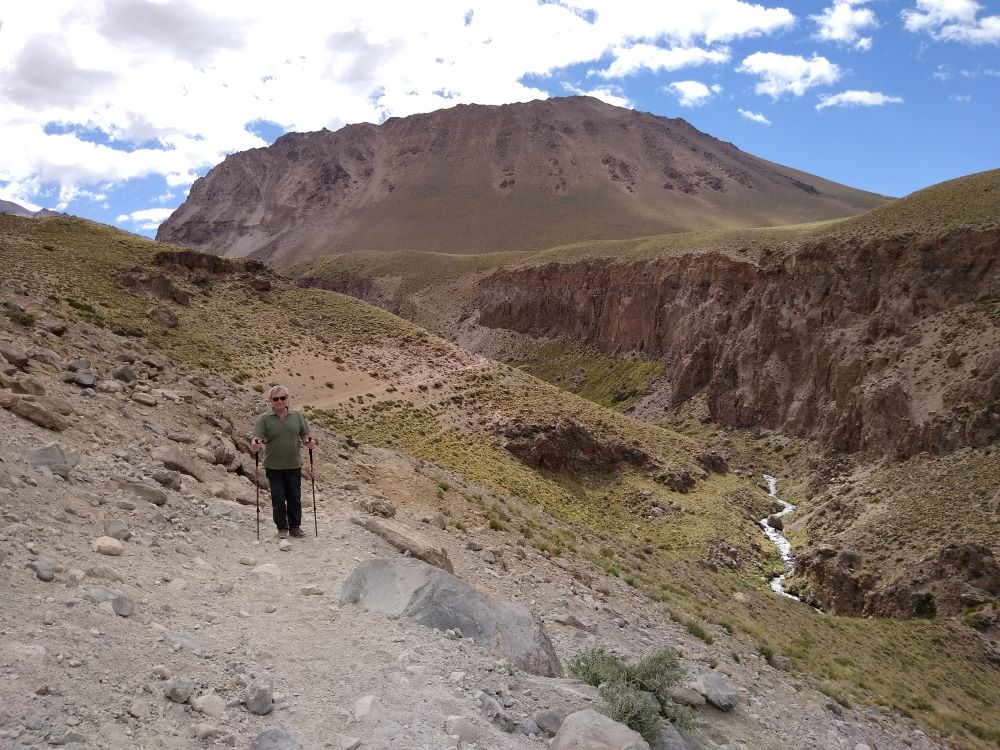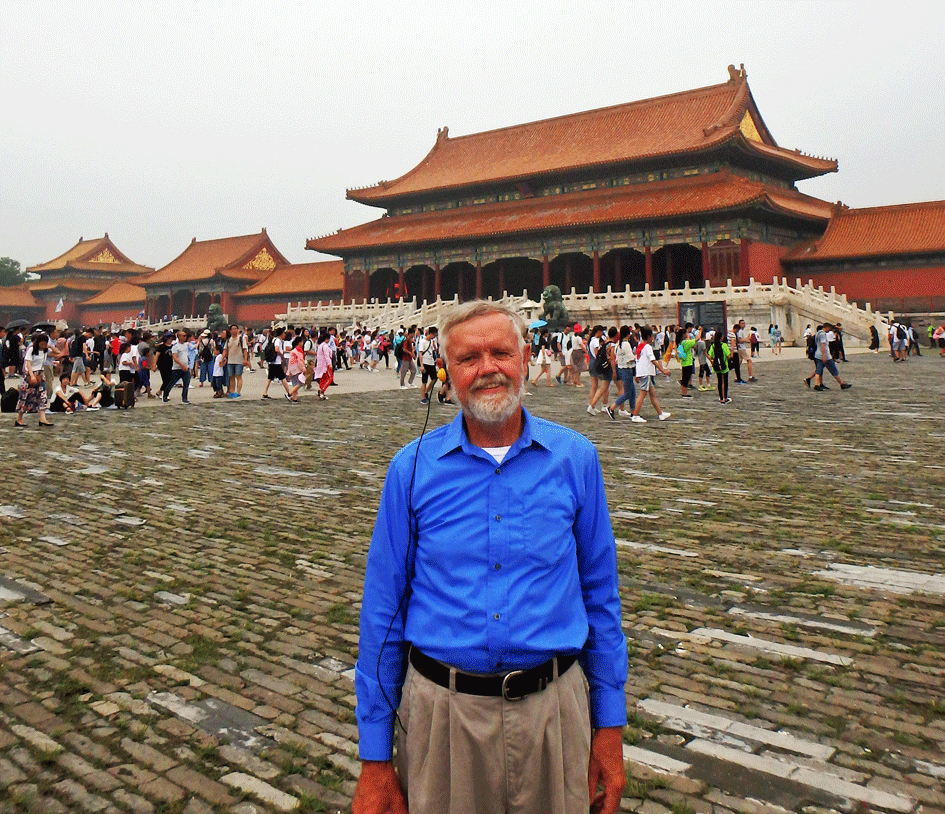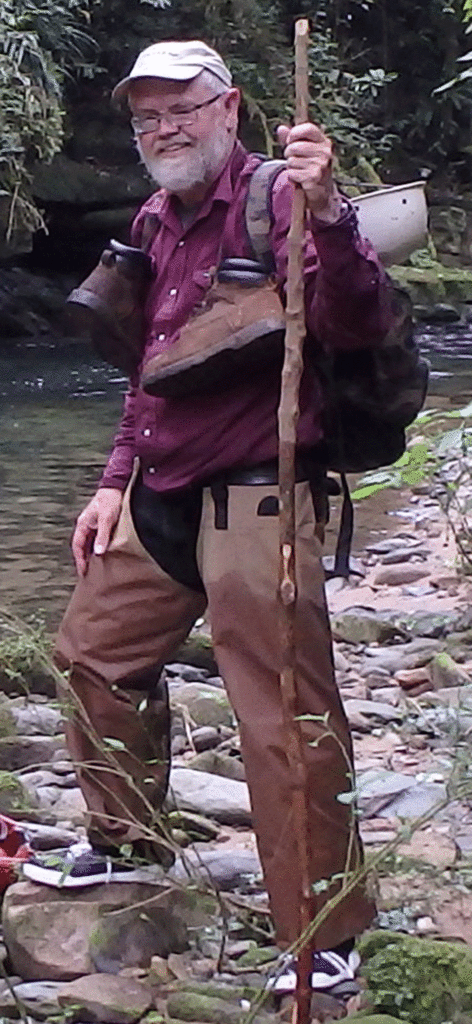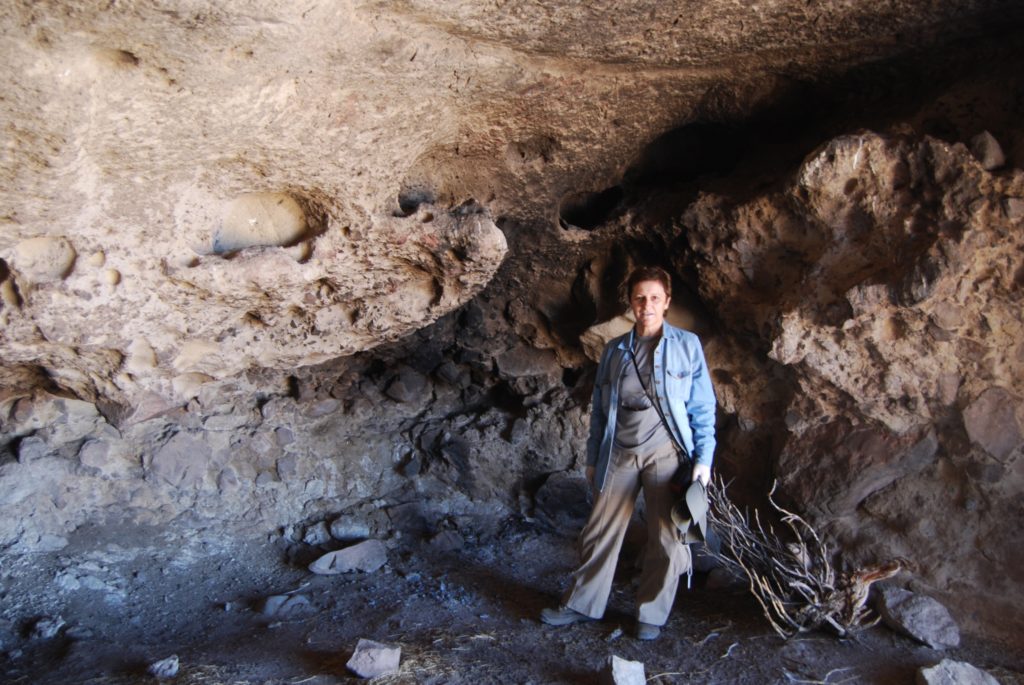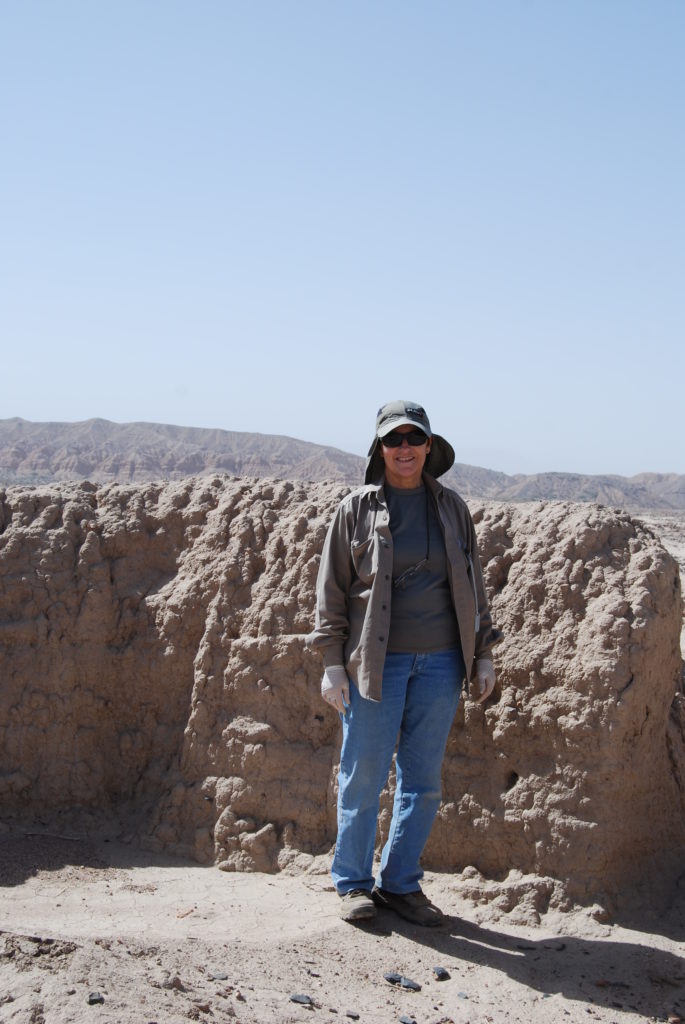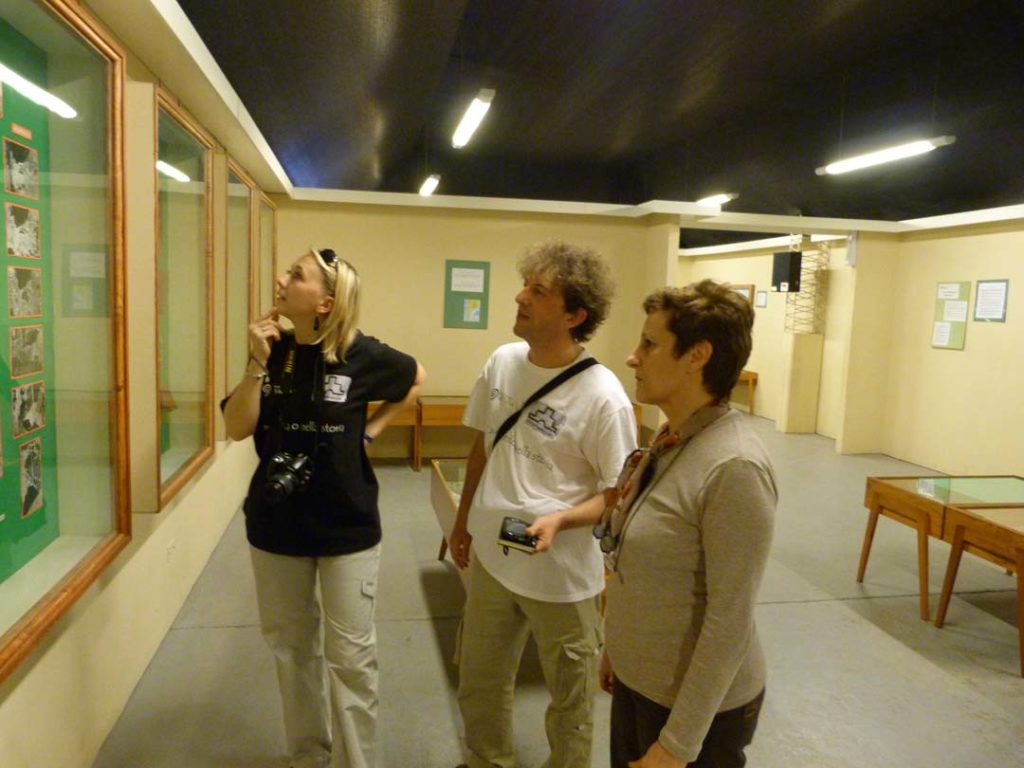Presented to Arkeomount.com by Aline Lara Galicia | University of Sevilla
Rock art is one of the most powerful marker of our prehistory. A key element to consider when studying an environment as it is a crucial part of the human landscape. Paying a great attention to rock art studies, we got in touch with Aline Lara Galicia of the Universidad de Sevilla asking her to present us the recently released documentary “Rock art manifestations in Latin America“.
Aline, who is part of the “Instituto de Estudios sobre América Latina” and the “Grupo de Investigación ATLAS” (Seminario Permanente Manifestaciones Rupestres en América Latina) was so kind to write down a post for arkeomount.com!
This is the link to watch the full documentary online : https://youtu.be/tkZgbvMvn6E and following is Aline’s post.
Thx Aline!
Note that we are trying to get in touch with each single researcher involved in this project as to present on this blog some further insights coming from the project!
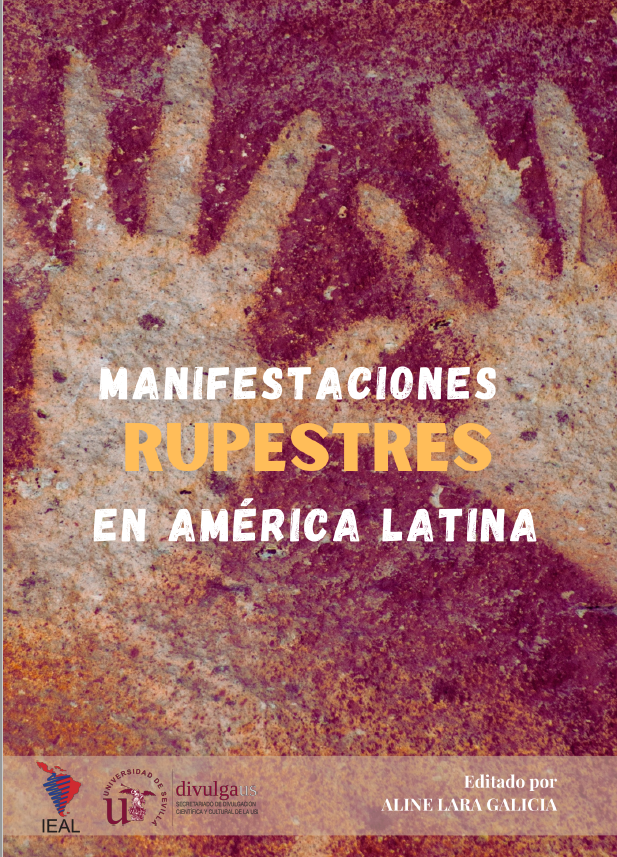
Editor: Aline Lara GaliciaISBN: 978-84-09-31817-9
Eduardo Galeano once said, “Many small people, in small places, doing small things, can change the world”. And I am one of those who think that indeed those small people -unique- can do the same from their research. How could the world be changed? Well, through creativity and scientific dissemination in which everyone contributes, proposes and creates; but also trying to reach society. That everyone understands how great is everything that precedes us and has been created by human beings. Rock art is just a small sample, but curiously, perhaps the most difficult to investigate, to understand and also to conserve.
The history of rock art, or more commonly known as rock art, goes back tens of thousands of years. The possibility of being able to understand this symbolism or what they could have meant first brings us closer to knowing the past and the shared elements of human culture and cultures. In Latin America, these are social representations, made in specific places and moments. It tells us about ceremonies, thoughts about shamanism, writing, myths and cosmologies.
With the documentary we present the most recent research on rock art in countries such as Mexico, Peru, Venezuela and Argentina in the voice of the researchers themselves. We tried to make the reading for a wider audience that likes this part of the history of mankind. Society today, for example, in Spain knows a lot about European rock art, since it is one of its most important prehistoric representatives. However, they do not know that there is rock art evidence in Latin America and that they are as important and amazing as Altamira in Spain, or Lascaux or Chauvet in France or Val Camonica in Italy.
Through this work we wanted to point out not only the diverse investigations but also that rock art in Latin America can still approach the meanings, thanks to the reminiscences that have remained in the memory of the native peoples. In spite of the long temporality, it is evident that the interpretations, especially those of the XVI and XVI centuries, can embrace the narratives of cultural identity and the past of these peoples. Many represent one of the largest concentrations of rock art where the forms and figures represent the mirror of a cosmovision of the past of all these cultures.
The project arises from our most recent teaching innovation project from the University of Seville “Rock art manifestations in Latin America” which began with an online seminar in 2020, but now we have been expanding regions, activities and joint publications, always with the aim of disseminating. It is an initiative of several Latin American and European institutions.
Great researchers participate such as Ramon Viñas Vallverdú, Moisés Valadez Moreno, Yuri de la Rosa Gutiérrez, Sandra L. Ramírez Barrera, Luis A. Martos López; all of them from the National Institute of Anthropology and History in Mexico, Leonardo Páez from Venezuela; Aïcha Bachir Bacha from the EHESS in France, Marcela Sepúlveda Retamal from the Pontificia Universidad Católicaa de Chile and a whole team in Argentina with Christian Vitry Di Bello director of the Tastil project, Bernardo Maltz, Gastón Vitry and Ana Paula Cevidanes from the Universities of Salta, Córdoba and Buenos Aires, the youngest of the project.
The project continues, the documentary is only a part of it. There are other activities with other researchers of great trajectory. And the web page is in process. Lastly, we have a project to create awareness of the faunal biodiversity in Latin America and the danger of extinction, from rock art. With success especially with children.
We are still small people but our work is to give some knowledge from the past to be able to act in the present.
Aline Lara Galicia
Instituto de Estudios sobre América Latina
Grupo de Investigación ATLAS
Seminario Permanente Manifestaciones Rupestres en América Latina
Universidad de Sevilla



